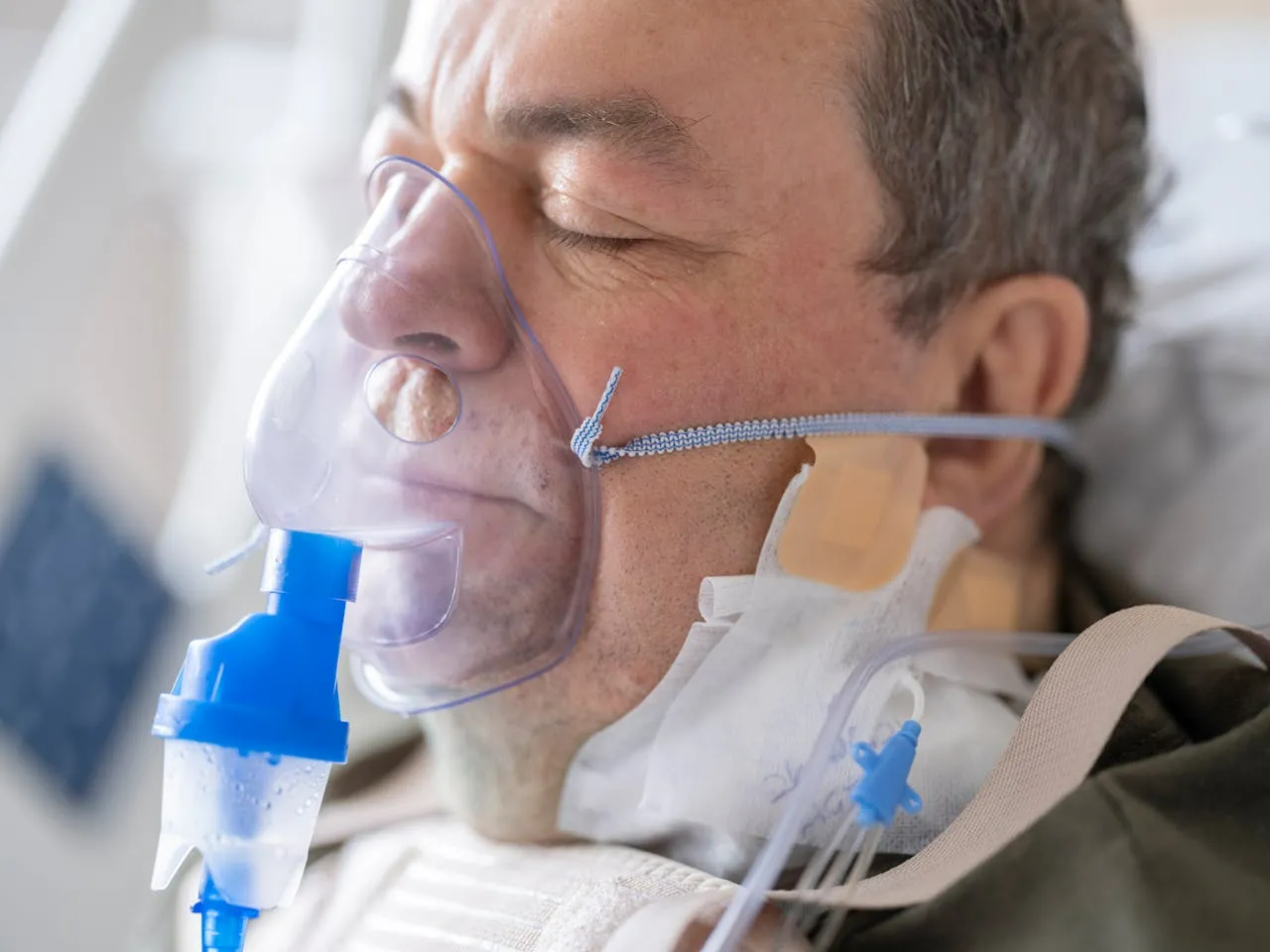
Intensive Care Units (ICUs) are often the most emotionally charged environments in any hospital. Family members watch helplessly as their loved ones fight for their lives, connected to machines and surrounded by complex medical equipment. This emotional turmoil often leads to confusion and misunderstandings about the medical procedures being undertaken. Two of the most common concerns expressed by relatives involve the immobility of patients on life support and the physical changes in a critically ill patient’s body. Addressing these concerns with compassion and medical clarity is essential to alleviate anxiety and maintain trust.
This article aims to clarify these common misconceptions and explain the medical rationale behind critical care decisions.
Contents
Understanding Life Support and Patient Immobility in the ICU
Life support systems are designed to sustain life when the body can no longer function independently. Mechanical ventilators, in particular, play a crucial role in maintaining adequate oxygen levels in critically ill patients.
When a patient is unable to breathe on their own or when critical oxygen deprivation threatens vital organs like the brain, heart, and kidneys, ICU specialists must intervene swiftly. The process begins with inserting an endotracheal tube into the patient’s airway, connecting them to a mechanical ventilator.
To optimize the ventilator’s effectiveness and minimize stress on the body, doctors administer medications that sedate and temporarily paralyze the patient. These medications ensure the lungs function properly and the patient remains pain-free and calm.
As a result, the patient becomes completely immobile and unresponsive, a state that can be unsettling for family members. The absence of movement often leads to the heartbreaking misconception that the patient has passed away. However, this immobility is a medically induced state designed to facilitate healing.
The duration of sedation depends on numerous factors, particularly the patient’s lung condition and overall stability. Though it may be distressing to witness, this phase is a critical component of the recovery process.
Why Patients on Life Support Appear Cold and Pale
Another frequent concern arises when family members notice that their loved one’s hands and feet are cold, or that their skin appears darker or pale. In extreme situations, they may also observe medical incisions in areas like the neck, armpit, or chest. These observations often trigger fear that the patient has already passed away.
This reaction, while understandable, is usually based on a misinterpretation of the body’s physiological response to critical illness.
In severe cases, such as septic shock, the body can no longer maintain normal blood pressure. This leads to diminished blood flow to the brain, causing unresponsiveness. Simultaneously, the heart’s ability to pump blood weakens, and peripheral blood vessels constrict, limiting circulation to the limbs.
Due to this vasoconstriction, veins in the hands and feet become inaccessible, making it nearly impossible to administer emergency medications through standard IV lines. To counter this, doctors insert central lines in more accessible veins located in the neck, armpit, chest, or groin.
Additionally, powerful medications like dopamine, adrenaline, noradrenaline, and vasopressin are administered to redirect blood flow from the limbs to essential organs such as the heart, brain, kidneys, and liver. This redirection results in cold extremities and pale or darkened skin, often leading families to believe the worst.
It’s important to understand that these are life-saving measures designed to stabilize the patient and prioritize organ function over peripheral warmth.
The Complexity of ICU Care: Beyond What Meets the Eye
ICU treatments are highly complex, involving intricate medical procedures and advanced technologies. The visual impact of seeing a loved one connected to machines, unresponsive, or physically altered can be overwhelming. However, these interventions are often the most effective means of sustaining life and providing the best chance of recovery.
Families should always feel encouraged to ask healthcare providers about any concerns or procedures they do not understand. Open communication fosters trust and helps families cope with the emotional challenges of having a loved one in critical care.
Common Misconceptions About ICU Patients
Sedation Equals Death
Sedation is a carefully controlled medical practice, not an indication of death. Patients are sedated to support recovery and prevent unnecessary pain and anxiety.
Cold Extremities Signal Death
Cold hands and feet are a result of the body’s efforts to preserve vital organ function. This is a sign of the body’s fight for survival, not death.
Incisions or Tubes Indicate Harm
Invasive procedures such as central line insertions are critical to delivering life-saving medications when standard IV access fails. These are essential, medically justified interventions.
FAQs
Conclusion
The ICU is a place of critical decision-making, where every procedure is driven by the goal of preserving life. While the sight of a loved one in such a vulnerable state can be distressing, understanding the medical reasoning behind each intervention can provide much-needed reassurance.
Doctors and ICU teams work tirelessly, employing complex treatments that may appear alarming but are crucial for survival. Family members are encouraged to ask questions and stay informed about their loved one’s care. Compassionate communication between medical professionals and families is vital to navigating the challenges of critical care.
Trust the process, and remember that every action taken is aimed at giving your loved one the best possible chance for recovery.